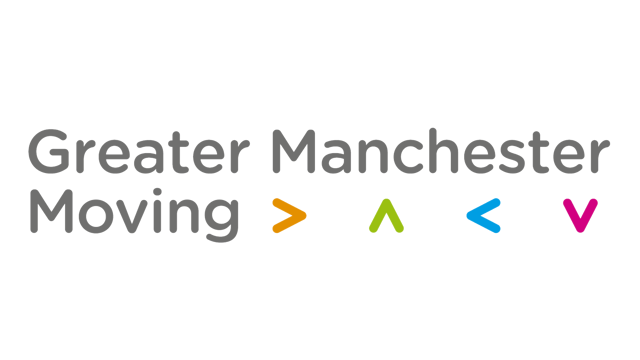The rising cost of living and its impact on sport and physical activity
We've collated guidance and research on how the cost of living impacts people's activity levels, how to get people active at a low cost and how facilities and organisations can adapt to keep energy costs down.
Share
Together with our partners, we've undertaken a comprehensive review of evidence of the impact of the rising costs of living that England has experienced since late 2021, and have highlighted what this means for sports and physical activity.
From this, we've published a report that can be found below, with headlines including:
- Participation rates – overall, during 2021 and 2022, participation rates in physical activity remained stable compared to pre-COVID levels, demonstrating resilience. However, underlying inequalities in participation persist.
- Changes to behaviour – the increased cost of living has led people to change their behaviour. These changes, in the short-term at least, are a mix of positive, neutral and negative effects on different people’s activity levels.
- Inequalities – inequalities in participation are persisting. These inequalities affect various demographic groups, including gender, ethnicity, income and location.
- Club activities – club activities are gradually returning to pre-COVID levels but cost pressures, especially from rising energy prices, are affecting club finances. A number have increased their prices, making access to organised sports less affordable for some.
- Facilities – facility providers are reporting concerns regarding increases in utility costs and are responding by reducing sessions and increasing fees. In 2023 the government announced the Swimming Pool Support Fund (SPSF), which is providing a total of £60 million to local authorities in England as a support package for public leisure facilities with swimming pools.
- Workforce challenges – the adult volunteer workforce is significantly above 2019-20 levels, however a third of volunteers are volunteering less and just under a third have increased their amount of volunteering because they're needed more. There's evidence that some paid staff, especially those with low wages or in casual positions, are leaving for better opportunities elsewhere.
The evidence review captures the multifaceted challenges posed by rising living costs on sports and physical activities.
The response to cost-of-living increases has included the creation of a collaborative network which shares insight and learning, regularly, on the impact of things such as the SPSF, promotion of free activities and workouts, tools and webinars to support organisations and clubs and community groups reducing membership fees.
Latest News

Young People Helping to Support Success at the GM Moving Conference 2025
Behind the scenes at this year's Conference was a team of young people from diverse backgrounds, all contributing to the day and gaining valuable experience in the world of media and production.

Trafford Talking Therapies and GP surgeries join parkrun for NHS’s 77th Birthday
Health services came together at Stretford parkrun to support the local community to be more active.

GM Moving's refreshed Active Workplaces Toolkit now available
Support for employers to encourage and enable staff to build moving more is now available thorough GM Moving's Active Workplaces toolkit
